
How to See Around the Corner: Positioning Your Company for Market Shifts
From the economy to customer behavior, many variables could impact your business’ viability in the future. Learn how to look around the corner to what’s ahead.
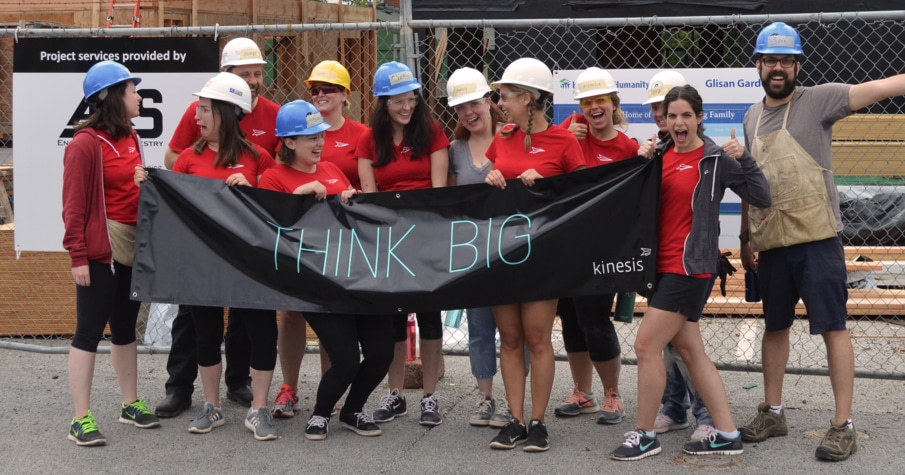
From our inception, Kinesis has always focused on being a better business. But in the beginning, we didn’t exactly know what that meant – other than hiring amazing people and providing them with a great place to work. Over time, we’ve gained tremendous clarity about our mission and how it drives every single action we take. We know that we are a purpose-driven, person-focused, community-oriented company.
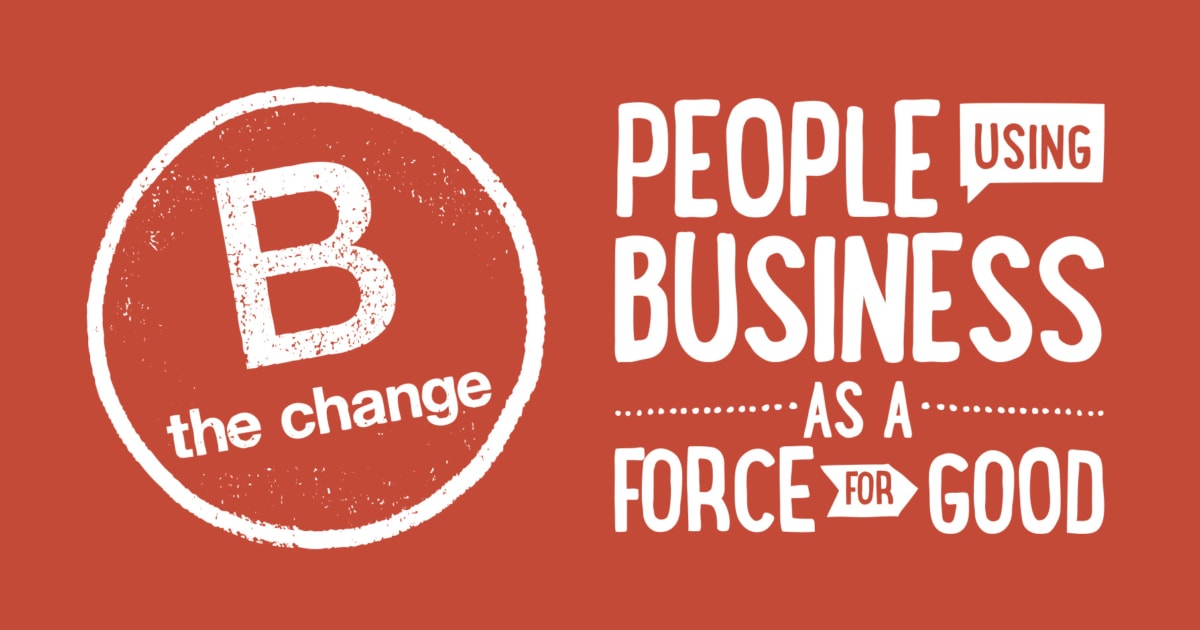
At our annual planning session in early 2015, we realized that while we are proud of what we’ve accomplished since our doors opened in 2000, it was time to raise our standards even higher by becoming a certified B Corporation. This move was right for Kinesis for the following reasons:

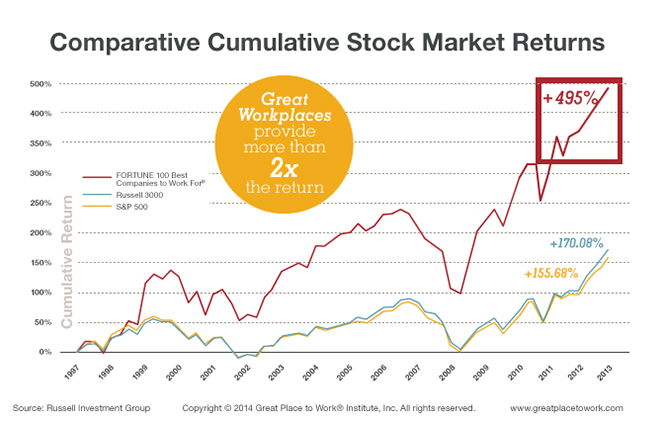
A number of clients and friends asked us how we went about this process, so we’ve put together a brief guide. B Corp certification is a rigorous and comprehensive process (which makes it possible for it people to trust in its validity), but don’t let that scare you off. Even going through the assessment is an incredible learning experience, and you can retake it if you score too low.
“The B Corp movement is one of the most important of our lifetime, built on the simple fact that business impacts and serves more than just shareholders—it has an equal responsibility to the community and to the planet.”
- Rose Marcario, CEO of Patagonia
Here’s what it takes:
1) Believe: This might sound like a weird first step, but in order for this to work your leadership must have buy-in. The certification process requires your entire company to make changes, so there has to be passion throughout your organization to “walk the talk.”
2) Assign a project “owner”: There is a lot of effort that goes into this process, so we recommend having one designated owner to manage (and delegate) as needed. This will ensure you move through the steps with as much clarity as possible.
3) Meet performance requirements: These are the steps that the B Lab (the non-profit, third-party certification organization) takes to assess and validate the overall impact of your company on its stakeholders – including its business model, culture, operations, and environmental/social impact.
a) Read through the assessment: We recommend reading the full assessment first to get a sense of what it covers. Many terms can be easily misinterpreted, so get a feel for what you understand (and where you’re foggy) before your first pass-through. Throughout the certification process, the B Lab team is readily available to assist and answer any questions you have.
b) Take the B Impact Assessment: This assessment typically takes 2 – 4 hours. Answer as honestly as possible and leave blank what you don’t understand. You’ll receive questions tailored to the size and sector of your business, and afterward you’ll receive a score (you can preview the assessment here). Most companies initially score between 40 and 100 points of the 200 available. The qualifying threshold is 80 points. If you don’t hit it, don’t worry! The B Lab staff can help you identify improvement areas.
c) Use the note-taking system: We can’t stress this enough. The assessment is very long, and documenting how and why you came up with a given answer (or what you’re confused by for questions where you don’t have an answer) will save you a lot of time and headache down the line.
d) Pursue your unknowns: Reach out to any resources you’ll need to help answer these questions (hint: you’ll need help wrangling financial and operational data). For instance, you may have to ask vendors and contractors about certain materials or processes.
e) Attend the interview: After you submit your assessment, a B Lab staff will schedule a 60-minute call with you to review your answers and clarify any questions that you couldn’t easily answer. Your B Corp rep operates in a dual role – they want you to be certified and will be very helpful, but they are also a mini-auditor, poking holes in answers that don’t add up fully. This rep will bring application to the review board.
f) Provide supporting documentation: Once you complete the assessment, you’ll need to provide documentation that supports your claims. There is no way to predict exactly what they will request. For instance, if you answer that you source 35% of your materials from recycled input, your company will need to show how you arrived at that percentage showing material characteristics.
g) Get through the background check: The B Lab staff will determine what background checks make sense for your company. Research may include a review of public records, news sources, search engine investigations of brands, executive names, company names, and so on.
4) Meet legal requirements: You may need to amend your governing documents or adopt benefit corporation status to meet the legal requirements for certification (for your state of incorporation and corporate structure). This step bakes sustainability into your company’s DNA as it grows, ensuring that your mission will survive management, investor, or ownership changes.
5) Make it official: Once you’ve passed the assessment and met legal requirements, it’s time to sign the B Corp Declaration of Interdependence and Term Sheet. Certification is every two years - there is a bi-annual fee, which is based on your company’s revenue.
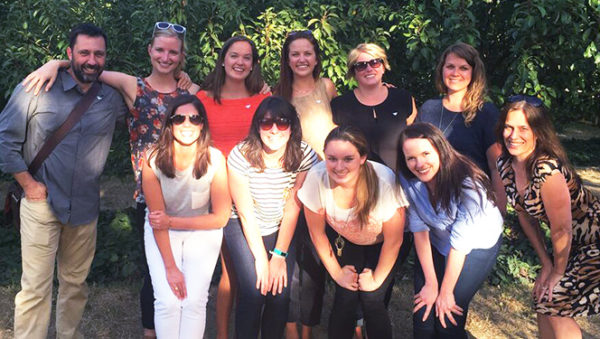
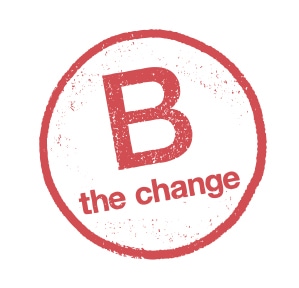
Throughout the certification process, the B Lab team is readily available to assist you. They offer webinars to help you decide whether it makes sense for your company to be certified, more about the certification steps, how to raise your assessment score, increasing your impact, and quite a few other topics.
We found the process to be very motivating to our company. In becoming a Certified B Corp, we were able to take stock of the areas where we wanted to be improve our impact – both immediately and in the future. As a result of going through the assessment process, we made improvements to our employee guidelines, streamlined our recycling process, added benefits for our team, and increased our involvement in our community and charity organizations.
Our best advice to you to begin to examine your business mission, values, vision, strategies, and decisions through the lenses of ethics and social impact. Becoming a certified B Corp isn’t about one particular impact; it’s about who your company is deep down and what really drives you. For more information, read The B Corp Handbook by Ryan Honeyman – we found it to be a fantastic resource!
If you are interested in becoming a B Corp, feel free to ask us questions. We are happy to help. Get in touch with our team on Twitter, Facebook, LinkedIn, or via the contact form below!
Get insights like this straight to your inbox.